Vikings Marauders May Have Saved the Irish From Extinction
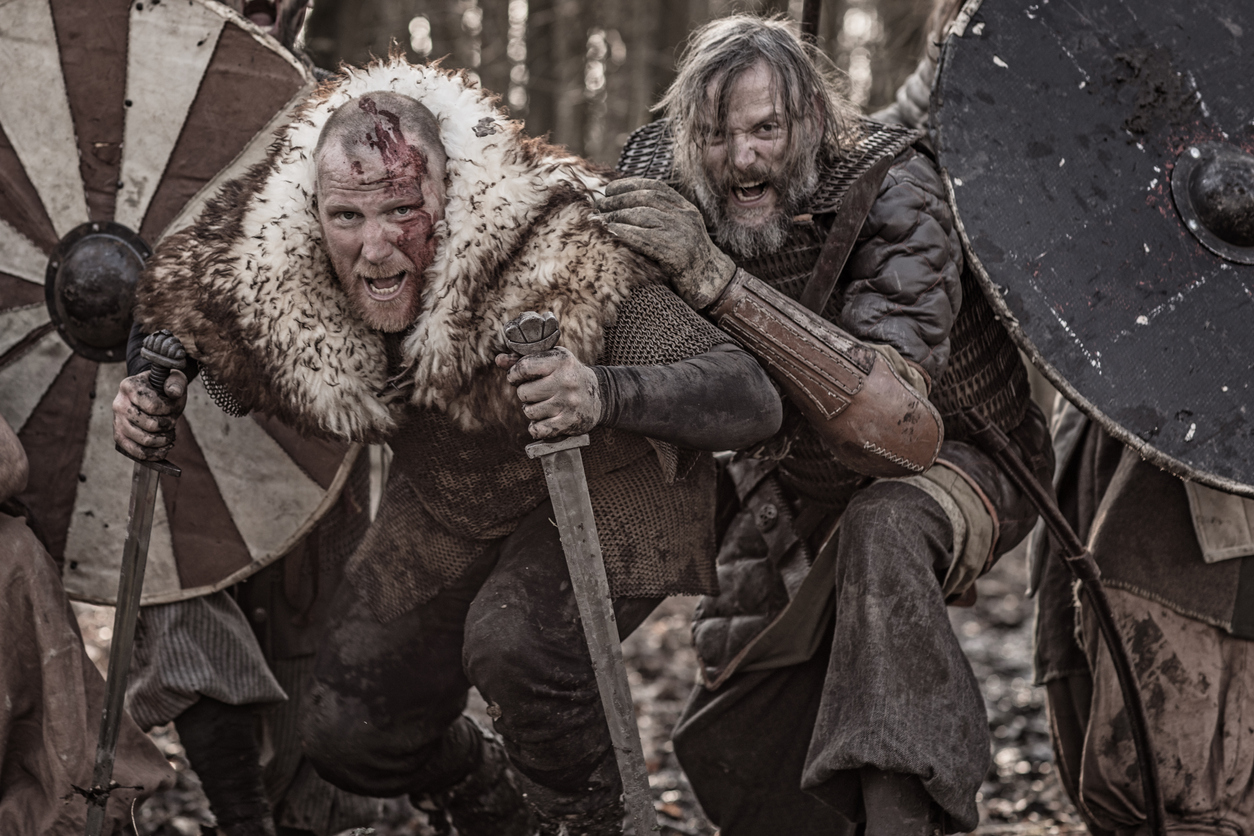
If the Vikings had not made their way to Ireland, the Irish population of the ninth and tenth century AD may not have survived.
That is what a study that appeared in the Journal of Archaeological Science in June 2019, completed by Emma Hannah, Doctoral Candidate at Queen’s University in Belfast, Ireland and Dr. Rowan McLaughlin, Research Fellow from the School of Natural and Built Environment at Queen’s University has determined.
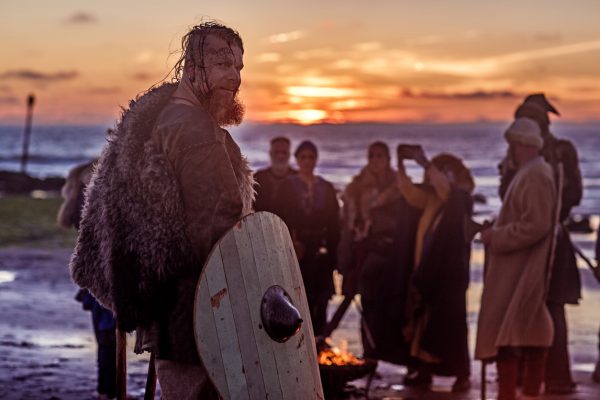
Although historians have always believed the population in Ireland grew gradually, as most populations do, the researchers offer proof that, about two centuries prior to the Vikings settling in Ireland, the population was in decline and no one realized how quickly it progressed.
It is not known why, but according Science X, Dr. McLaughlin explains that the Irish population decline could have been from multiple causes such as war, famine, or plague.
The Norse invaders then, actually enabled an increase in population; although they were fewer in number than the native population, they survived and thrived better. An article in the Express explains that the Viking migrants helped repopulate and to revitalize Ireland economically.
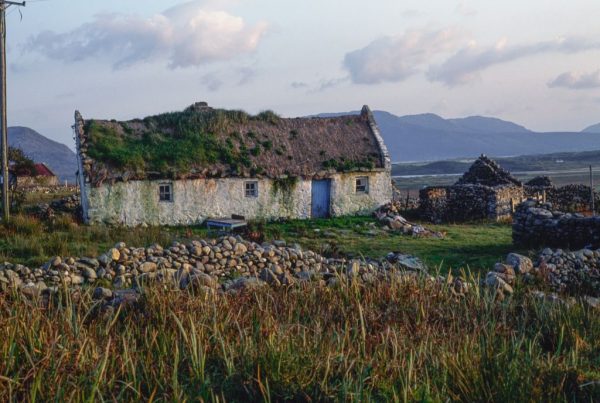
The “Celtic Tiger years” from 1993 to 2001 when the Irish economy was booming and construction was at an all-time high, numerous ancient human activity sites were uncovered.
Organic materials have been radiocarbon dated and statistically analyzed, providing information on population density that, according to Science Direct, was widely believed to be impossible to measure without actual documentary evidence from the culture of the time.
In the research paper Frequency Analyses of Historical and Archaeological Datasets Reveal the Same Pattern of Declining Sociocultural Activity in 9th to 10th Century CE Ireland at eScholarship.
The team of authors demonstrate that while the Annals of Ulster, written between the years of 431 AD to 1540 AD, is one of the most important historical sources for medieval Ireland, archaeological facts sometimes don’t coincide with what was written.
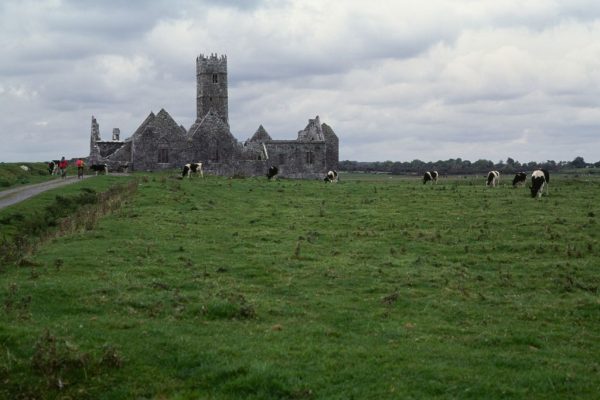
One must consider the political climate, current economics, the writing styles of the time, and the source of the information which in this case is unknown but is widely assumed to be clerics and monks.
The arrival of the Vikings in Ireland changed the history of the entire region. A remarkable amount of present day Irish carry Scandinavian DNA and many of the cities and towns bear original Viking names.
Weisfjord became Wexford, Vadrefjord became Waterford, and Dubh Linn became Dublin. They brought their superior naval technology and shipbuilding skills and integrated related words into the language.
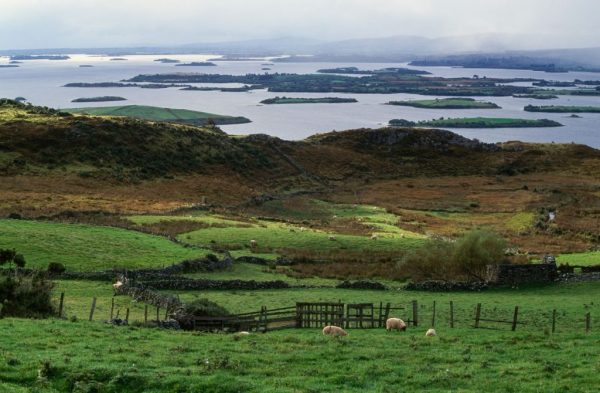
The Vikings introduced the use of coinage and, with stronger ships, Ireland was able to trade with far off lands such as Turkey where the Vikings had already established themselves, according to enjoy-irish-culture.com.
There was no concept of an integrated town before the Vikings came to Ireland and, according to History Ireland, established “longphorts” in which a Viking ship would be placed close to the shore in a somewhat perpendicular fashion. Fortifications were built around longphorts and they became the center of settlements.
Some were set up for the winter, but one settlement, Dubh Linn, exists today. In turn, Vikings brought Scandinavian art styles, made new types of jewelry, worked with glass, began to adopt Christianity, and intermarried with the Irish.
They also left hordes of artifacts, some of which were found about twenty five years ago as the foundation was being dug for Dublin Corporation’s new headquarters in the oldest part of town.
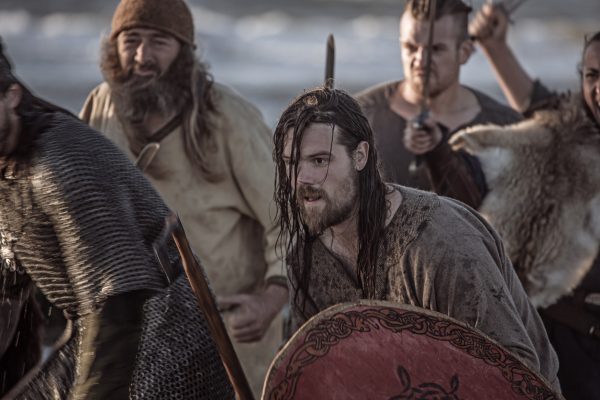
According to a 2017 article at Ancient History Encyclopedia by Emma Groeneveld of Utrecht University in the Netherlands, the Vikings weren’t quite the bloodthirsty, pillaging heathens history has made them out to be.
The clerics who penned the Annals were greatly affected by the pagans who had come to their shores and wasted no time in bashing them with exaggerated tales.
They are accused of mass destruction, but the Irish plundered more monasteries than the Vikings and could be equally ruthless.
Another Article From Us: Archaeologists Discovers Intact Roman Chicken Eggs In Great Britain
The belief that Vikings wore horns on their helmets was conjured up to make them seem more menacing. Although the Vikings did bring war to the island, it was no more than the internal squabbling going on in the rest of the British Isles, and Vikings shared significantly in the development of the Ireland we know today.
